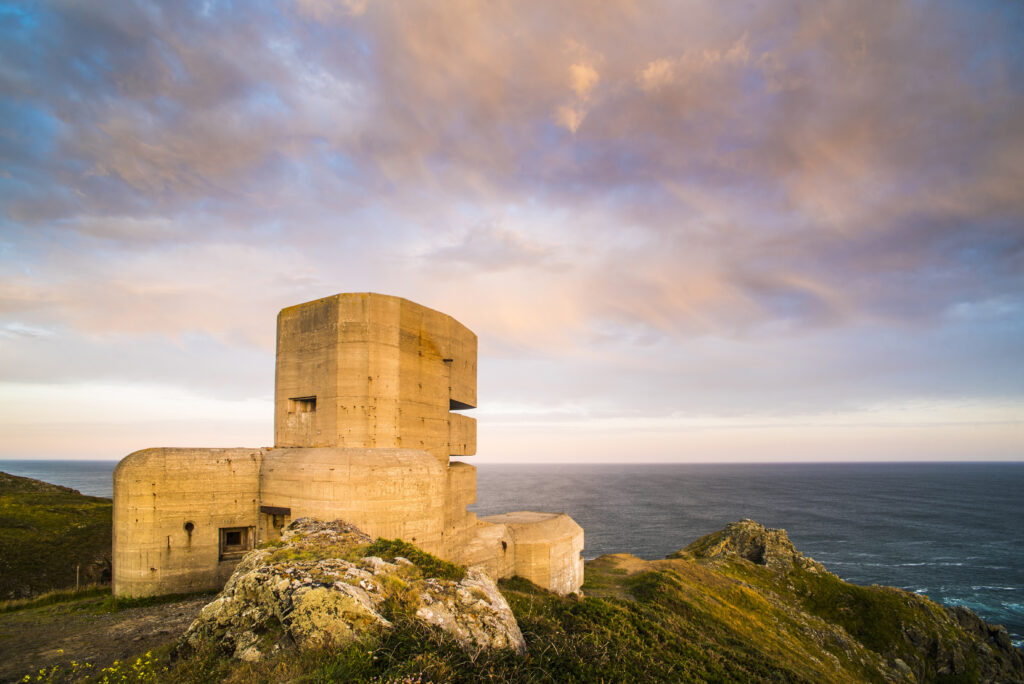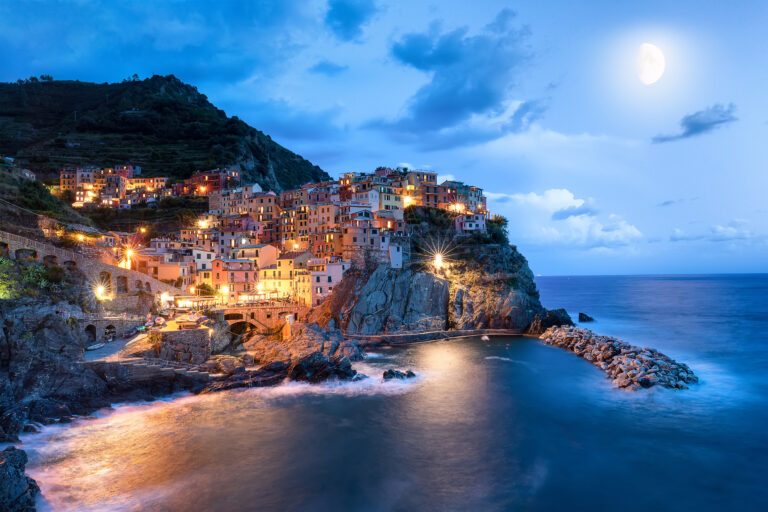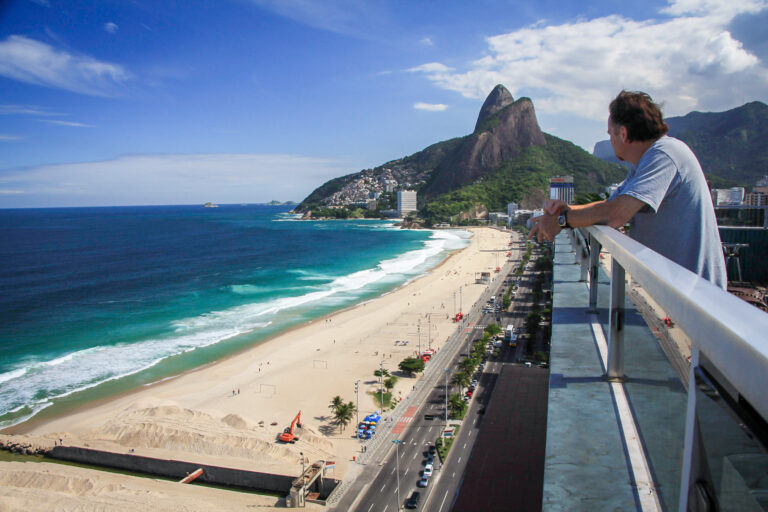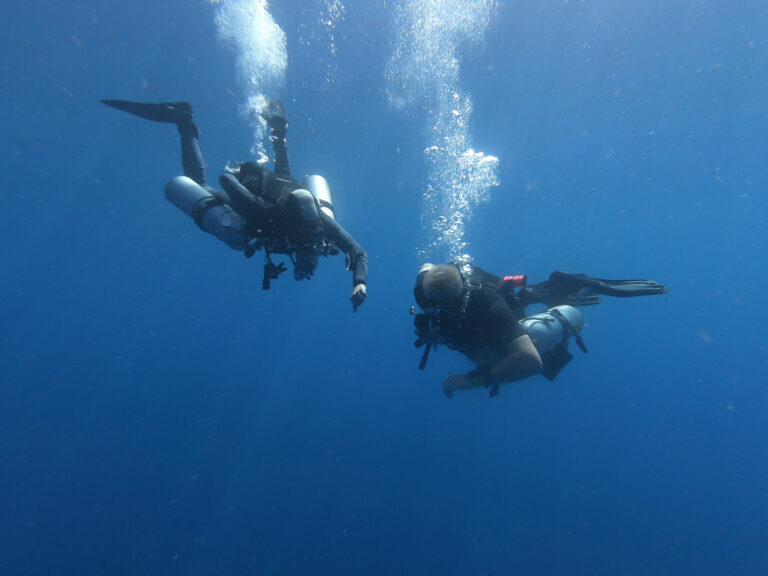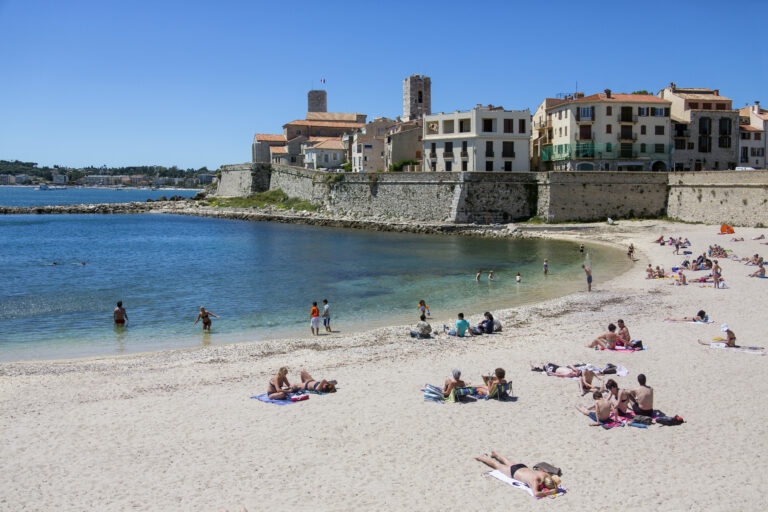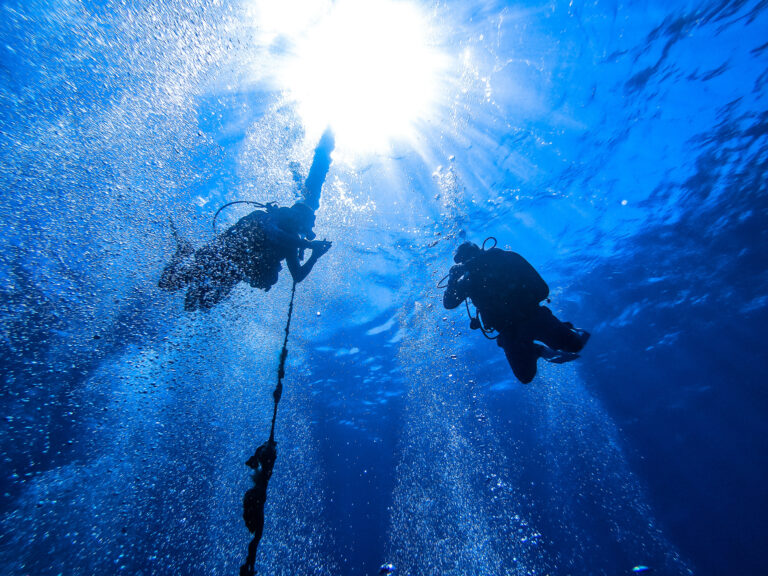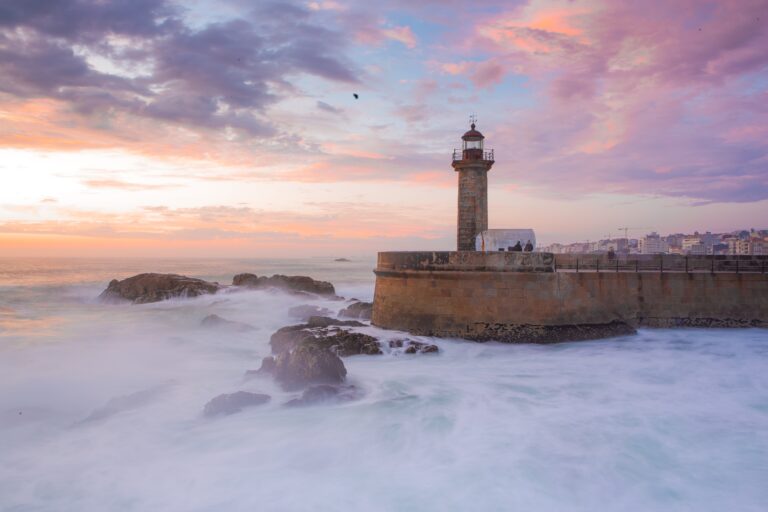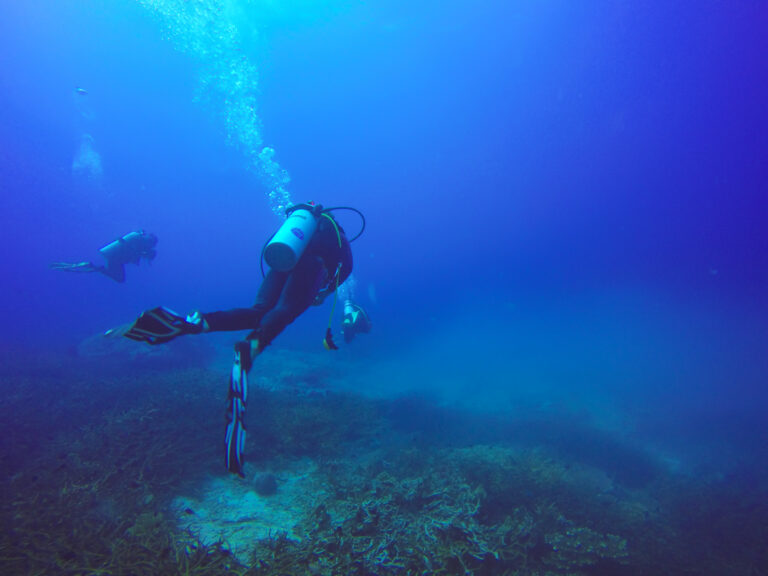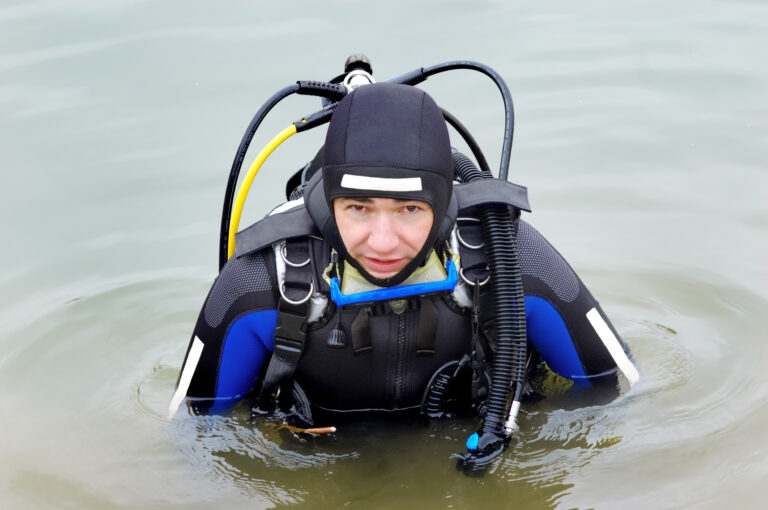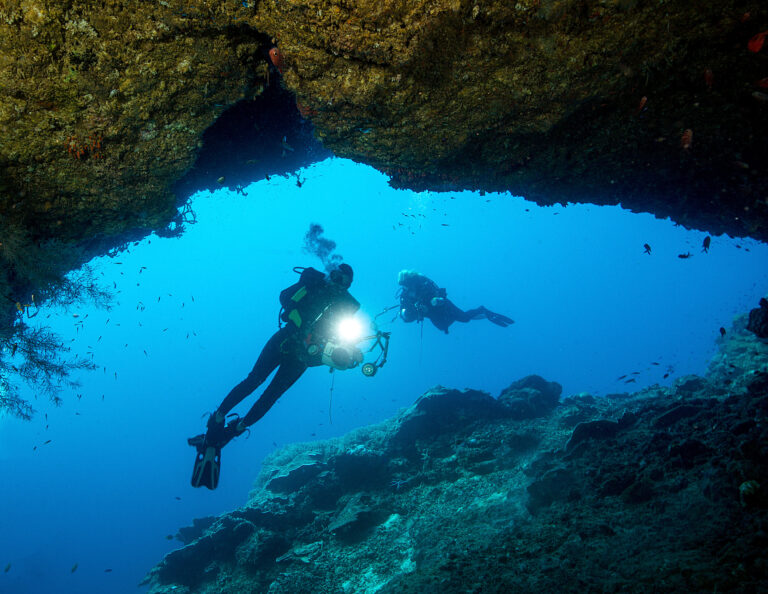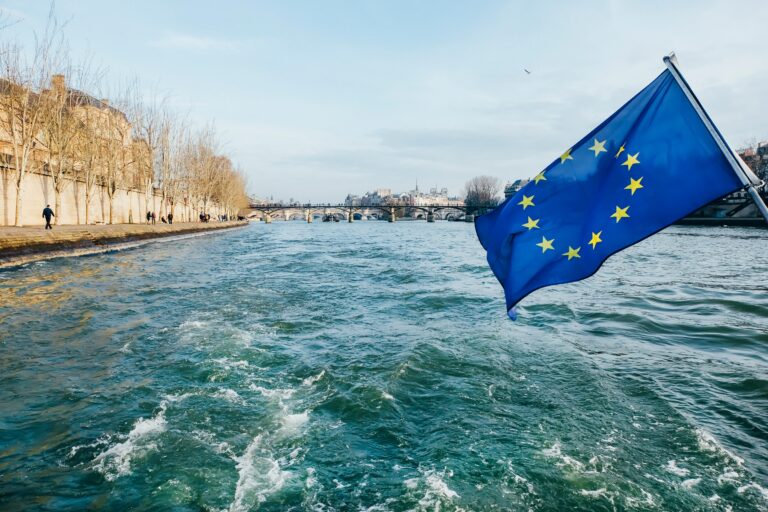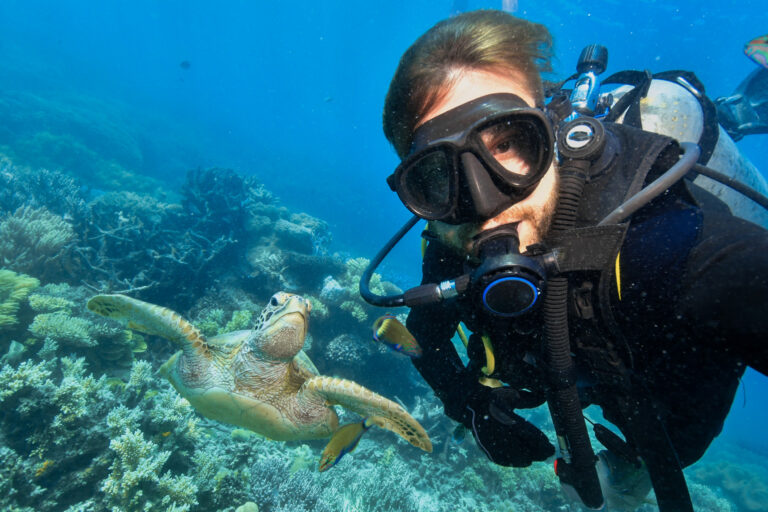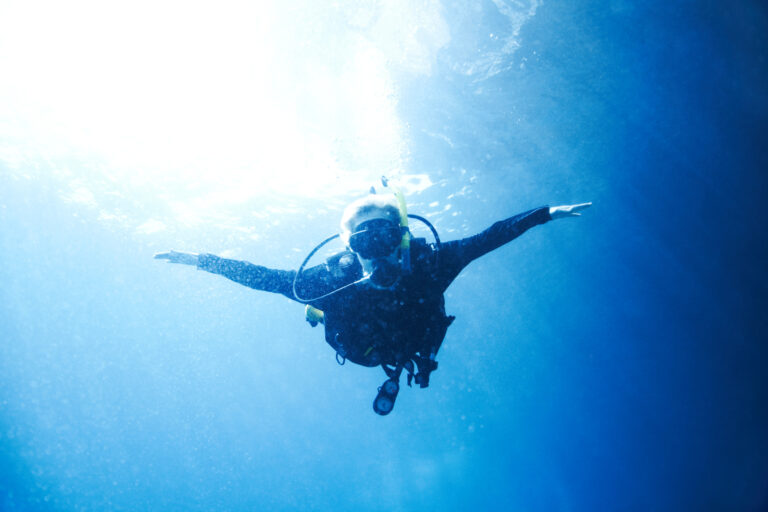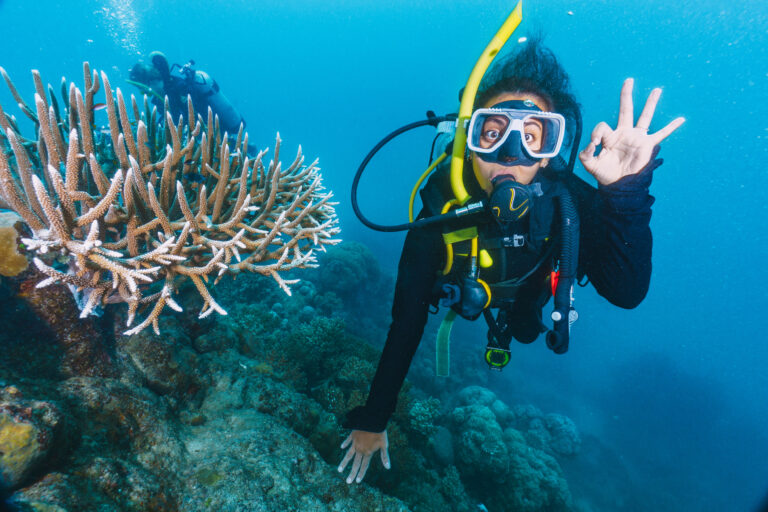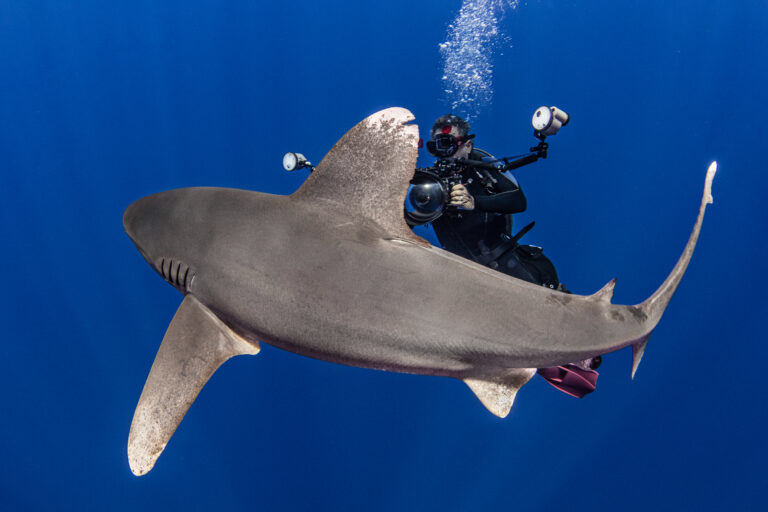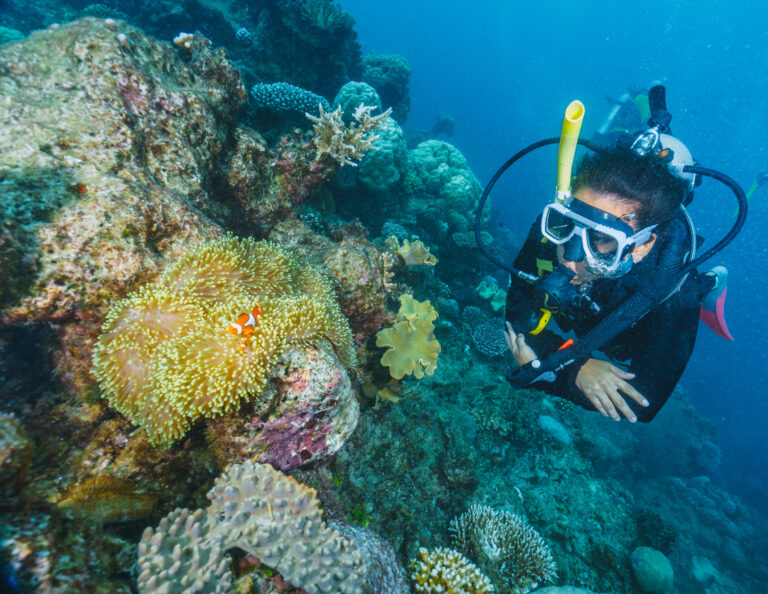SCUBA DIVERS’ TRAVEL GUIDE TO Channel Islands
If you are looking for a scuba diving destination that offers stunning scenery, rich history and diverse marine life, look no further than the Channel Islands. Located off the coast of France, but belonging to the UK, these islands are a hidden gem for divers of all levels. You can explore reefs, wrecks and walls, and encounter seals, lobsters, rays and even dolphins. Whether you choose to dive in Guernsey, Jersey, Sark or Alderney, you will find plenty of dive sites to suit your interests and skills. The Channel Islands are a scuba diving paradise that will surprise and delight you with every dive.
LOCATION AND GEOGRAPHY
Nestled in the Pacific Ocean off the coast of Southern California, the Channel Islands are an archipelago of eight islands that offer a unique and diverse scuba diving experience. This remote location, often referred to as the “Galapagos of North America,” boasts a rich geography that includes kelp forests, deep sea cliffs, and myriad sea caves formed by the erosive power of the ocean. The islands are situated in a confluence of cold water currents from the north and warm currents from the south, creating an environment that supports a vast array of marine life. The northern islands are predominantly composed of rugged, volcanic rock, while the southern islands are primarily sedimentary in nature. This geological diversity contributes to the wide variety of dive sites available, ranging from shallow, sunlit kelp forests to deeper, more challenging underwater pinnacles, ensuring that the Channel Islands cater to divers of all skill levels and interests.
VISA AND ENTRY REQUIREMENTS
Before planning your scuba diving adventure to the Channel Islands, it is crucial to understand the visa and entry requirements. The Channel Islands are an archipelago located in the English Channel, off the French coast of Normandy, but they are British Crown dependencies. This means they are not part of the United Kingdom and have their own immigration policies. Travelers from the UK and other European countries typically do not require a visa for short visits. However, visitors from outside the European Common Travel Area may need to obtain a visa, depending on their nationality and the purpose of their visit. It is important to check the latest entry requirements with the government of Jersey or Guernsey (the two largest islands) before your trip, as policies can change. Ensure your passport is valid for the duration of your stay, and be prepared to show proof of return or onward travel, as well as sufficient funds for your visit. Always carry your identification and travel documents when traveling between islands. With the correct documentation in hand, you’ll be ready to explore the underwater wonders of the Channel Islands.
GETTING TO Channel Islands
Getting to the Channel Islands for an unforgettable scuba diving adventure is a journey that begins with a flight to California, USA. Most travelers will aim for Los Angeles International Airport (LAX) or Santa Barbara Airport (SBA), as they are the closest major air hubs to the islands. From there, the seaside towns of Ventura and Santa Barbara serve as the primary gateways to the Channel Islands National Park and Marine Sanctuary. Visitors can book a spot on one of the daily boat services operated by park concessionaires, which offer both transportation and guided scuba diving trips. These boats are well-equipped to cater to divers, providing amenities such as tank rentals and fill stations. For those looking to maximize their time underwater, liveaboard options are also available, allowing divers to wake up right in the heart of this marine paradise. Whether you’re coming from near or far, the journey to the Channel Islands promises to be the start of an extraordinary underwater expedition.
BEST TIME TO DIVE
The Channel Islands, an enchanting archipelago off the coast of Southern California, offer a scuba diving experience that is rich in marine life and underwater beauty. The best time to scuba dive in this Pacific haven is during the late summer and early fall months, from August to October, when the water temperatures are the warmest, ranging from 50 to 70 degrees Fahrenheit, and the visibility is at its peak, often exceeding 40 feet. During this period, divers can enjoy calmer seas and encounter the vibrant kelp forests in their most lush state, alongside a bustling community of sea lions, garibaldi, and the elusive blue whale. While diving is possible year-round, winter and spring bring cooler waters and less predictable sea conditions, which can challenge even the most experienced divers. Therefore, timing your dive during the optimal late summer to early fall window will enhance your underwater adventure in the Channel Islands, ensuring a more comfortable and visually stunning experience.
ACCOMMODATION OPTIONS
Accommodation options for scuba divers exploring the Channel Islands offer a variety of choices to suit different preferences and budgets. On the mainland, in towns such as Ventura or Santa Barbara, divers can find a range of hotels, motels, and bed-and-breakfasts that provide comfortable stays before and after their aquatic adventures. For those seeking a more immersive experience, liveaboard boats are a popular option, allowing divers to wake up right at the dive sites and maximize their time underwater. These vessels range from basic to luxurious, with amenities that can include full-board meals and en-suite cabins. For a rustic retreat, campgrounds on Santa Cruz Island cater to outdoor enthusiasts, though facilities are limited and require advance planning. Regardless of where you choose to stay, early reservations are recommended, especially during peak diving seasons, to ensure your spot in this marine wonderland.
DIVE OPERATORS AND DIVE SHOPS
The Channel Islands, an enchanting archipelago off the coast of California, offer a spectacular underwater experience that is best accessed through the region’s reputable dive operators and dive shops. These establishments are staffed by seasoned professionals who not only provide essential services such as equipment rentals, air fills, and gear maintenance but also offer invaluable local knowledge on the best dive sites, current conditions, and marine life encounters. Many operators conduct guided tours and certification courses, ensuring divers of all levels can safely explore the kelp forests, vibrant sea life, and unique topography that define these Pacific waters. Whether you’re boarding a spacious liveaboard or setting off on a day trip from Santa Barbara or Ventura, the dive shops here are your gateway to the underwater marvels of the Channel Islands, with safety and environmental stewardship at the forefront of their operations. Always remember to book in advance, especially during peak season, to secure your spot on this unforgettable aquatic adventure.
TRANSPORTATION WITHIN Channel Islands
Transportation within the Channel Islands, a splendid scuba diving haven off the coast of California, is primarily facilitated by boat, as these rugged islands are not connected by any bridges or roads to the mainland. Visitors typically embark from harbors such as Ventura or Santa Barbara, where numerous operators offer regular dive charters and ferry services to the islands. The journey across the Santa Barbara Channel can be an adventure in itself, often accompanied by sightings of playful dolphins and majestic whales. Once on the islands, small inflatable boats (RIBs) or dinghies provided by the dive operators are commonly used to reach the various dive sites dotting the coastline. These vessels are agile and can navigate the kelp forests and coves where larger boats cannot go, ensuring divers have direct access to the best underwater spots. It’s important to plan your transportation in advance, especially during peak diving seasons, to secure your passage to this marine sanctuary.
CURRENCY AND PAYMENT METHODS
When planning your scuba diving trip to the Channel Islands, it’s important to note that the currency used varies depending on which island you visit. The Channel Islands include Jersey, Guernsey, Alderney, Sark, and Herm, with Jersey and Guernsey issuing their own currencies: the Jersey pound and the Guernsey pound, which are on par with the British pound sterling and are accepted interchangeably on their respective islands. While British pounds are widely accepted across the islands, the local currency cannot always be used in mainland UK, so it’s advisable to spend or exchange them before departing. Credit and debit cards are commonly accepted at most dive shops, hotels, and restaurants, especially in the more populated areas. However, it’s wise to carry some cash for smaller establishments or remote locations where electronic payments may not be possible. ATMs are readily available, particularly in the larger towns. Always inform your bank of your travel plans to avoid any issues with card transactions while abroad.
LANGUAGE AND COMMUNICATION
When embarking on a scuba diving adventure to the Channel Islands, it’s important to consider the nuances of language and communication. English is the primary language spoken by the local dive operators and inhabitants of these islands off the coast of California. However, as a world-renowned diving destination, the Channel Islands attract a diverse group of divers from around the globe, so it’s not uncommon to hear a variety of languages on the dive boats or at the dive sites. To facilitate clear communication underwater, divers use a standardized set of hand signals. These non-verbal cues are essential for safety and coordination, allowing divers to convey messages such as air supply levels, potential hazards, and directional instructions. Before diving, it’s advisable to review these signals with your dive buddy and guide, ensuring that everyone is on the same page. Additionally, dive briefings are typically conducted in English, so a basic understanding of the language is beneficial for comprehending dive plans, safety procedures, and local ecological information. If English is not your first language, consider checking with the dive operator beforehand to see if they can provide briefings in other languages or offer multilingual materials to enhance your diving experience in the Channel Islands.
LOCAL CULTURE AND ATTRACTIONS
Nestled off the coast of Southern California, the Channel Islands offer a unique blend of serene natural beauty and rich cultural history. Above the waterline, visitors can immerse themselves in the local culture by exploring the remnants of the Chumash Native American civilization, who thrived here for thousands of years, leaving behind intricate cave paintings and archaeological sites. The islands also played pivotal roles in more recent history, with ranching and military activities leaving their marks. On Santa Cruz Island, the largest of the archipelago, the historic Scorpion Ranch provides a glimpse into the pastoral life of the 19th and 20th centuries. After a day of diving, travelers can enjoy the mainland’s coastal towns, where fresh seafood, local wines, and artisanal goods reflect the bounty and creativity of the region. Festivals and museums, such as the Santa Barbara Maritime Museum, celebrate the maritime heritage that is deeply intertwined with the Channel Islands, offering a comprehensive experience of this enchanting Pacific paradise.
CULTURAL ETIQUETTE AND TIPS
When planning a scuba diving trip to the Channel Islands, it’s important to respect the unique cultural and environmental ethos of this archipelago off the coast of California. The islands are not only a haven for marine life but also hold historical significance for the Chumash people and later European settlers. As a visitor, always be mindful of the protected areas and adhere to the ‘Leave No Trace’ principles to preserve the natural beauty and cultural heritage. Engage with local dive operators who are knowledgeable about the islands’ history and can provide insights into the respectful interaction with the sites, both underwater and on land. It’s customary to tip your dive guides and boat crew for their service; a gratuity of 10-20% is appreciated. Additionally, be aware that some areas may have specific regulations or customs, such as the removal of artifacts or fishing restrictions, which must be strictly followed. By showing respect and courtesy, you’ll ensure a memorable and responsible diving experience in the Channel Islands.
LOCAL LAWS AND REGULATIONS RELEVANT TO TOURISTS
When planning a scuba diving trip to the Channel Islands, it is crucial to familiarize yourself with the local laws and regulations to ensure a safe and lawful experience. The Channel Islands National Marine Sanctuary and the Channel Islands National Park, which encompass this pristine archipelago off the coast of California, have specific rules designed to protect the delicate marine ecosystems. Divers must adhere to regulations that prohibit the removal of any natural or cultural resources, such as shells, rocks, or artifacts. Fishing is regulated and may require a California fishing license, with certain areas designated as no-take marine reserves. Anchoring is restricted to protect the kelp forest habitats and underwater features, and divers are often required to use mooring buoys provided at popular dive sites. Additionally, interactions with marine wildlife, including seals and sea lions, are governed by federal laws that mandate a respectful distance to avoid disturbance. It is the responsibility of all divers to check for the most current regulations with the National Park Service and the National Marine Sanctuary before embarking on their underwater adventures in the Channel Islands.
SAFETY TIPS AND EMERGENCY CONTACTS
When planning a scuba diving trip to the Channel Islands, prioritizing safety is paramount. Always dive within your certification limits and be familiar with the use of a dive computer to monitor depth and time underwater. Due to the area’s potential for strong currents and chilly waters, it is essential to wear appropriate thermal protection and to have experience in similar conditions. Always dive with a buddy and ensure that you both have a pre-dive safety check. It’s crucial to be aware of the symptoms of decompression sickness and hypothermia, and to have a plan for managing these conditions. Before your dive, make sure to know the location of the nearest hyperbaric chamber, which is at the Santa Barbara Cottage Hospital, reachable at +1 (805) 569-7478. In case of an emergency, contact the U.S. Coast Guard via VHF Channel 16 or call 911. Additionally, keep the contact information for local Coast Guard stations and the DAN (Divers Alert Network) emergency hotline, +1 (919) 684-9111, readily accessible. By preparing for emergencies and adhering to safety protocols, you can help ensure a memorable and secure diving experience in the stunning waters of the Channel Islands.
HEALTH AND TRAVEL INSURANCE
Before embarking on your underwater adventure to the Channel Islands, it is crucial to consider your health and travel insurance coverage. Scuba diving, while exhilarating, carries inherent risks, and the remote nature of these islands can complicate access to medical facilities. Ensure that your insurance policy includes coverage for scuba diving-related incidents and emergency medical evacuation, which can be costly without proper insurance. It’s also wise to verify that hyperbaric chamber treatment is covered, as decompression sickness is a potential risk for divers. Additionally, given the unpredictable weather and sea conditions that can lead to trip cancellations or interruptions, comprehensive travel insurance can help protect your investment in non-refundable bookings. Always carry proof of your insurance and understand the procedures for making a claim, so you can dive into the majestic kelp forests and vibrant marine life of the Channel Islands with peace of mind.

